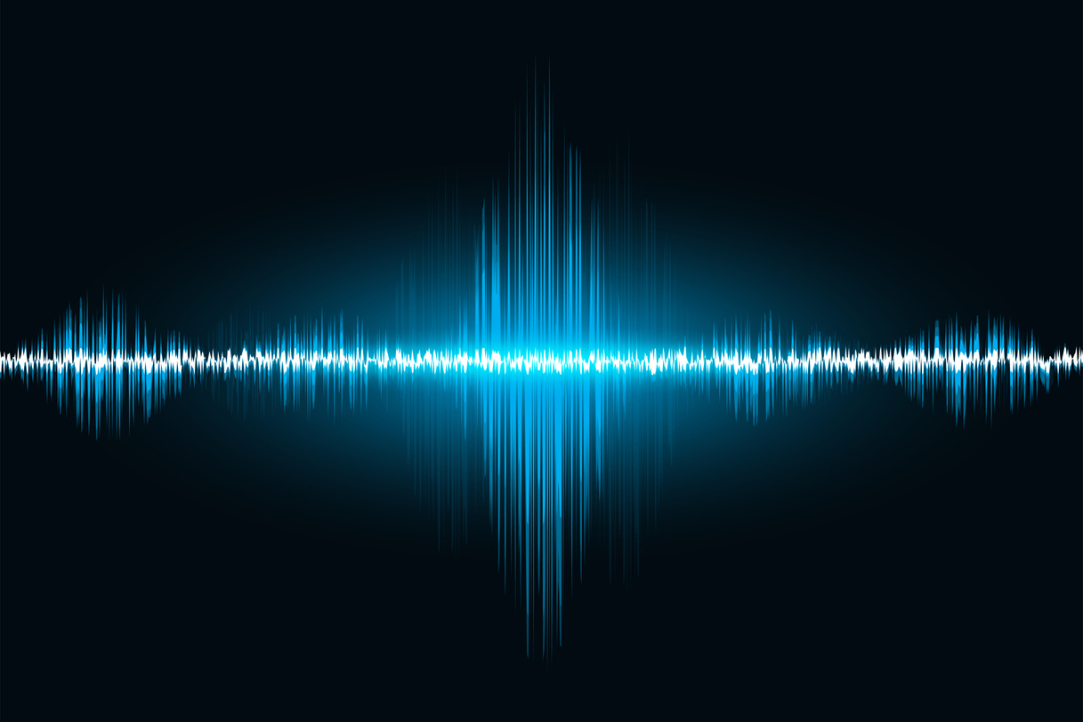
Measuring Pitch Frequency Can Help Train AI to Accurately Recognise Emotions
A new algorithm that enables precise measurement of the pitch frequency of a speech signal, a crucial parameter for identifying emotions and diagnosing illnesses, has been introduced by researchers at HSE Campus in Nizhny Novgorod. This method can operate in a noisy environment, in real time and with fewer computing resources than any currently existing analogues. The results of the study have been published in the Journal of Communications Technology and Electronics.

Enhancing Wireless Network Performance Through Cross-Layer Protocol Stack Solutions
An international team, including researchers from the Russian Academy of Sciences Institute for Information Transmission Problems, HSE University, and Shanghai Jiao Tong University, analysed the approaches used to optimise the data transfer rates of TCP and QUIC protocols in high-frequency wireless networks. According to the scientists, cross-layer solutions provide the highest gains in data transfer rates. The paper has been published in IEEE Communications Surveys & Tutorials, one of the most influential international journals in the field of telecommunications, boasting an impressive impact factor of 35.6.
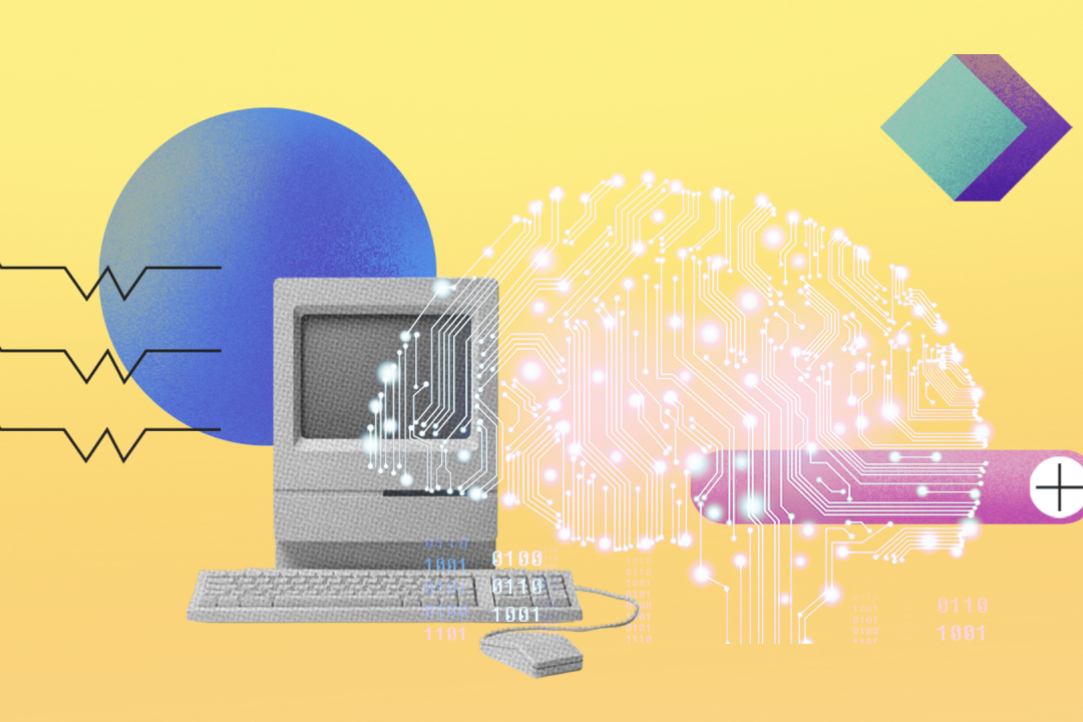
Machines with Common Sense
'Intelligence is ten million rules,' said Douglas Lenat, one of the creators of artificial intelligence (AI). For nearly four decades, he worked to instil 'common sense' in computers, painstakingly describing hundreds of thousands of concepts and millions of relationships between them.
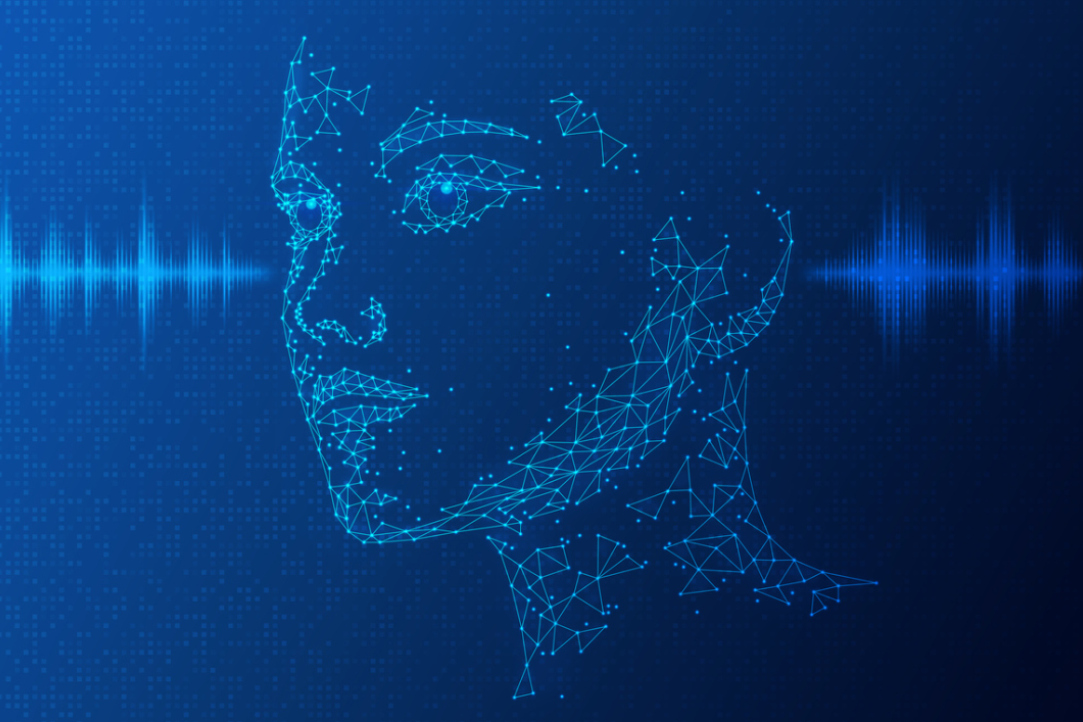
Artificial Feelings: How AI and Robots Understand, Express and Experience Emotions
Today, neural networks can easily identify emotions in texts, photos and videos. The next step is modelling them—an essential component of full-fledged intelligence in people and machines alike.
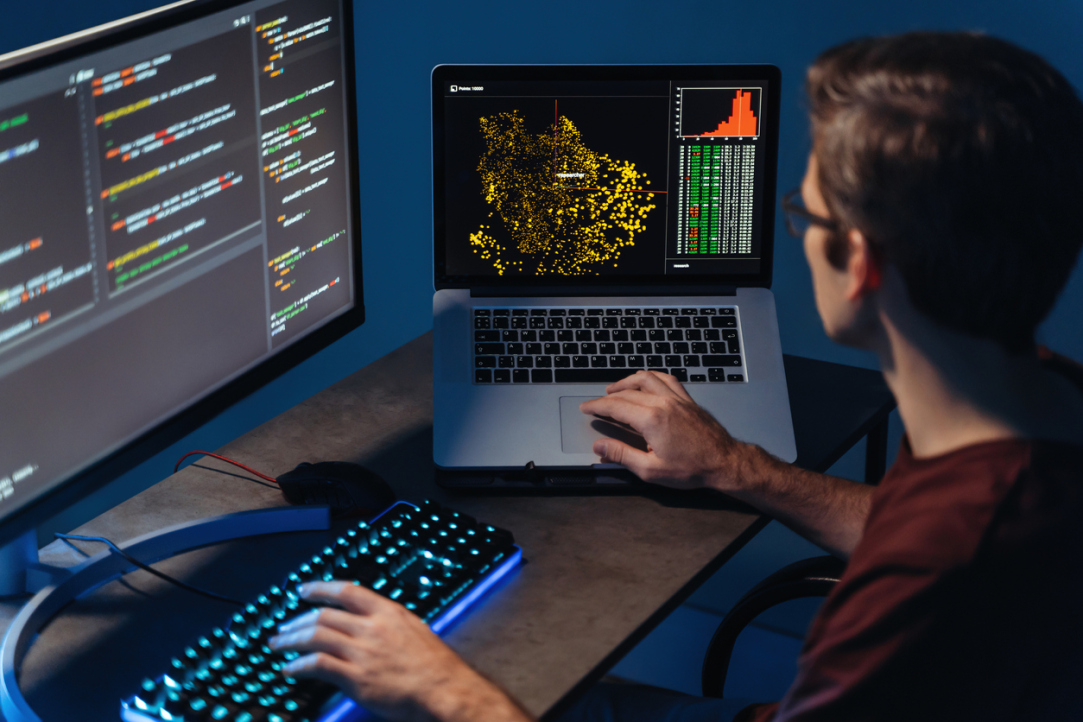
AI Researchers Have Developed an Algorithm to Determine the Properties of Two-Dimensional Materials by Analysing their Defects
An international team of researchers with the participation of young scientists from the HSE Faculty of Computer Science and Artificial Intelligence Centre have developed a machine learning algorithm that can determine the properties of new 2D materials with point defects. The new method is 1000 times faster than quantum mechanical computations and 3.7 times more accurate than other machine learning algorithms. The results have been published in npj Computational Materials. The source code, dataset, and model weights are available in the repository under an open licence.

AI Helps Scientists Generate Z-flipon Map
Researchers from HSE University and Sber Artificial Intelligence Lab are using AI to predict the location of DNA fragments in the genome which can flip over and form a mirror structure known as Z-DNA. The scientists have found that these DNA fragments overlap with known mutations which can cause severe hereditary diseases and impact a person's health, height, weight, cholesterol levels, and even determine their hair colour. The study findings have been published in Life Science Alliance.
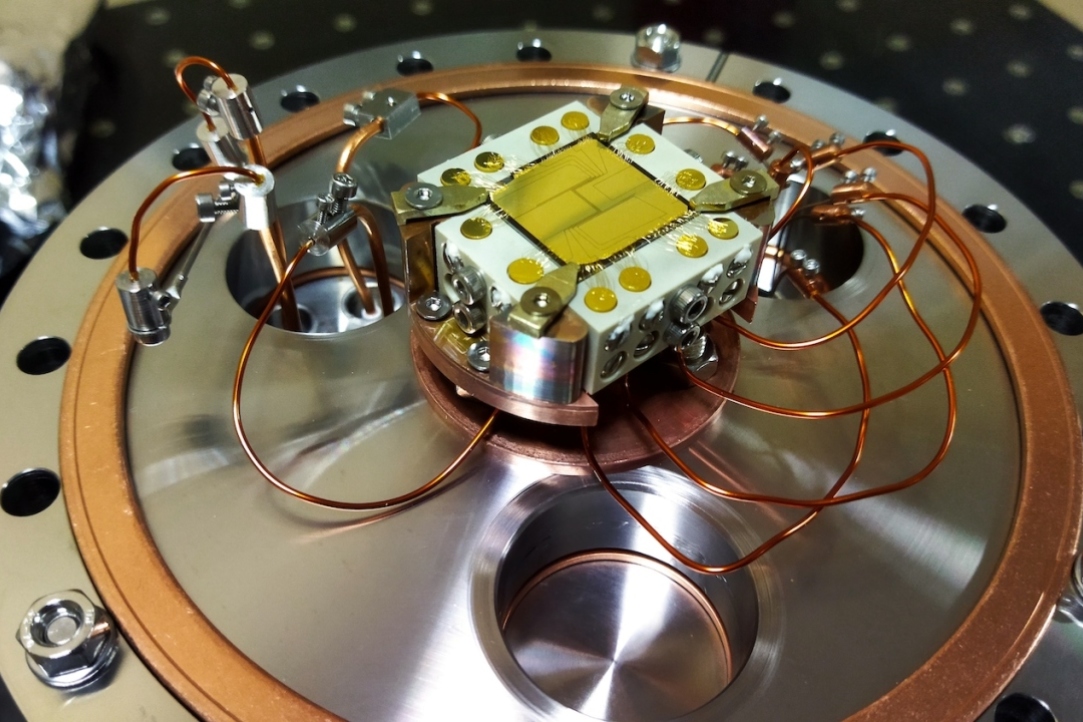
First Cold Atom Chip Presented in Russia
A team of scientists from HSE University, the RAS Institute of Spectroscopy, and Moscow Institute of Physics and Technology have developed a cold atom chip for devices with high accuracy of measurements. The researchers are currently working to create atomic clocks which could be used on spacecraft and the ISS. The paper has been published in Optics & Laser Technology.

HSE Researchers Learn to Determine the Level of Happiness of Russians by Posts in Social Networks
Researchers at the HSE Graduate School of Business have created a model for calculating the indicator of subjective well-being, based on the analysis of 7.2 million posts on the Odnoklassniki social network. They found that the lowest level of observed subjective well-being can be registered in the morning, and the highest can be found in the late evening. The results of the study were published in the Mathematics journal.

This Is Robot Speaking: A Social Scientist’s Perspective on Human-Robot Interaction
Whether we like it or not, talking with a robot on the phone is now part of our everyday lives. What is the right way to respond to a mechanical voice, who should we blame when communication fails, and could AI make an ideal conversationalist? HSE sociologist Alisa Maksimova answers these questions and more, based on findings from her study of interactions between humans and robots presented in the book Adventures in Technology: Barriers to Digitalisation in Russia.
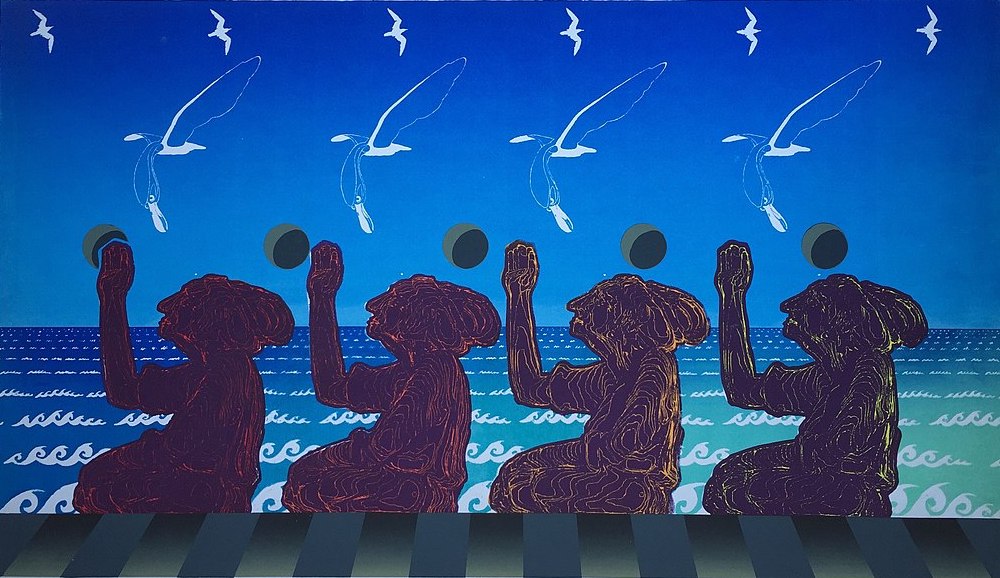
History of a Single Illusion: How Interest in 3D Films Led to the Double Discovery of Autostereograms
At the end of 1960s, Pete Stephens serendipitously discovered a way to create an autostereogram — an image that creates an illusion of volume without the use of special equipment. However, in fact, this illusion had been described by Lev Mogilev from Irkutsk State University, even earlier in the 1960s. This ‘double discovery’ may have been the result of popular interest in 3D cinema at the time. IQ.HSE cites a paper by researcher Tadamasa Sawada to discuss this double rediscovery of autostereograms.

